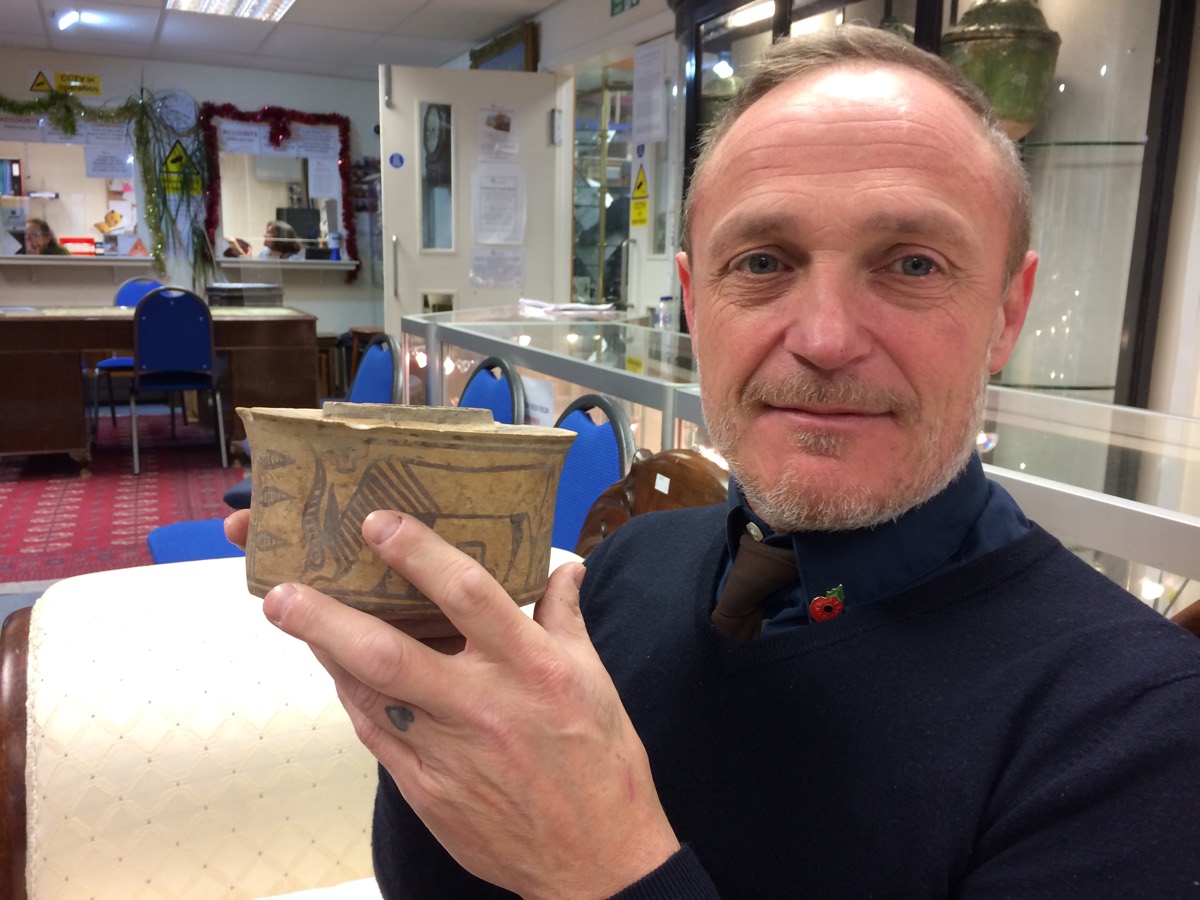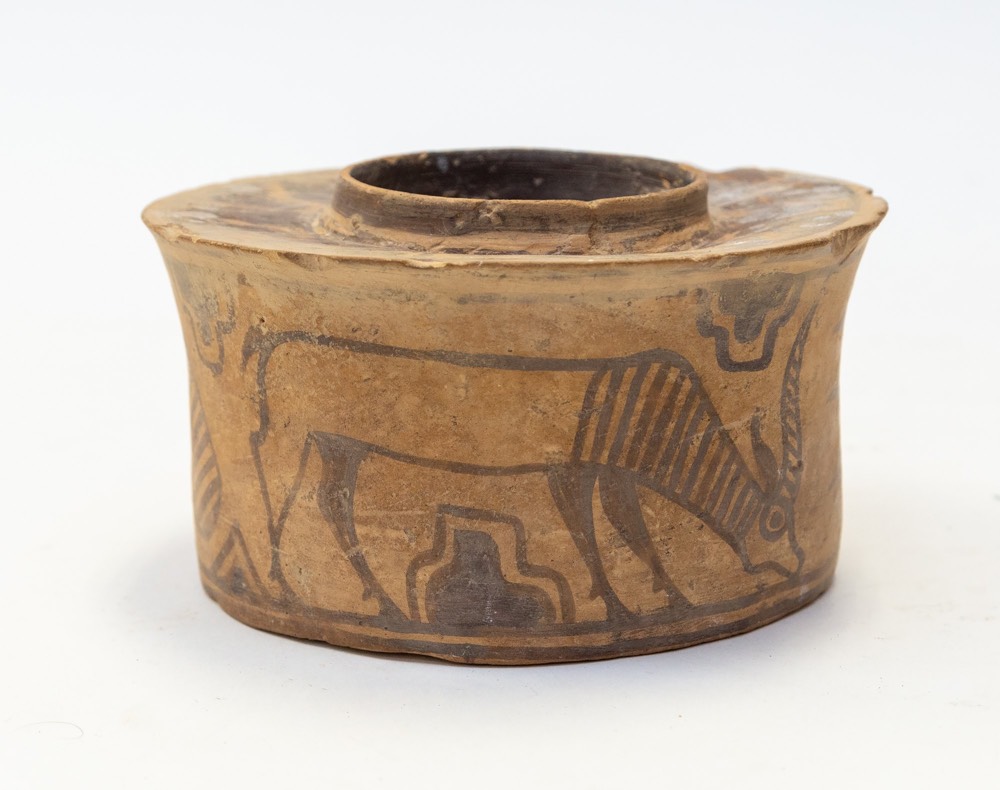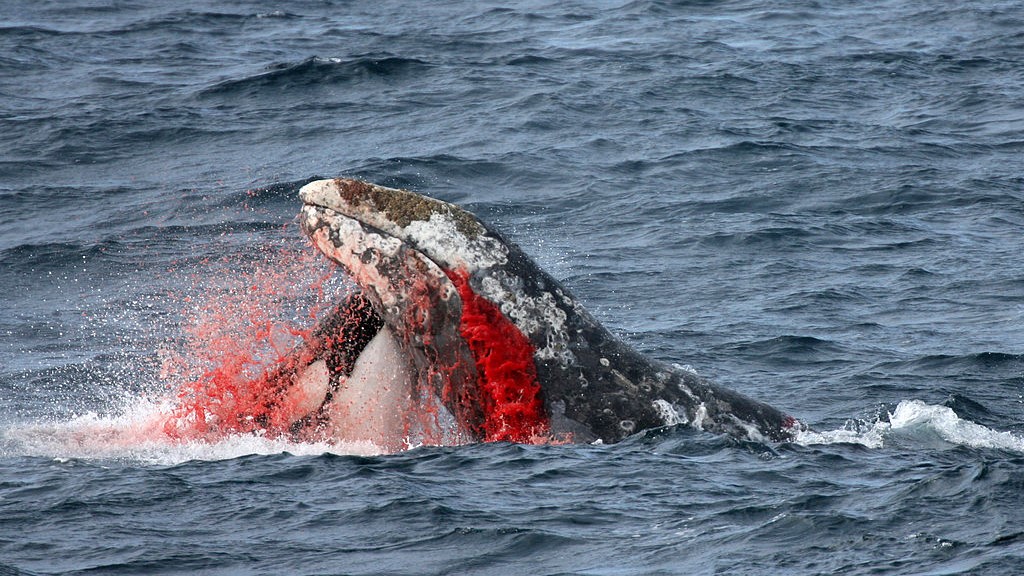Man Unknowingly Buys 4,000-Year-Old Pottery at Flea Market, Uses It As Toothbrush Holder

You never know what you'll find at a flea market … like a 4,000-year-old piece of pottery. That's what a guy in England discovered, though he didn't realize what he had until later, after he'd repurposed the jar as a toothbrush holder.
The pottery vessel, adorned with the painting of an antelope, caught the eye of Karl Martin while he was browsing a yard sale five years ago. He picked the jar up, along with another pot, for about $5 (4 pounds).
"I liked it straight away," Martin said in a statement from Hansons Auctioneers, where he now works and where the pottery was auctioned — selling for about $100 (80 pounds) in November.
The jar dates to the Indus Valley Harappan civilization, which thrived in the northwestern regions of South Asia during the Bronze Age, according to James Brenchley, head of antiquities at Hansons Auctioneers. The Indus, along with ancient Egypt and Mesopotamia, is one of the three cradles of civilizations in the Old World, he added.
That backstory was unbeknownst to Martin, a collector, at the time of his purchase. So who could blame him for plopping the jar in the bathroom, right? "I used it in the bathroom to store my toothpaste and toothbrush — it even ended up getting a few toothpaste marks on it," he said.
Years later, while helping Brenchley unload a van at the auction house, Martin noticed some of the pottery going up for auction looked similar to his toothbrush holder. "The painting style looked the same, and it had similar crudely painted animal figures," he said in the statement.
Brenchley examined the pot and confirmed that it was a genuine artifact from Afghanistan dating to 1900 B.C.
Get the world’s most fascinating discoveries delivered straight to your inbox.
"That means it's around 4,000 years old — made 2,000 years before Christ was born," Martin said. "It's amazing, really. How it ended up at a South Derbyshire car-boot sale, I'll never know."
Related stories
- Photos: Bronze-Age Stone Tools Unearthed at Site of Ancient Stream
- The 25 Most Mysterious Archaeological Finds on Earth
- Photos: Ancient Pottery Once Held Olive Oil
Originally published on Live Science.
Jeanna Bryner is managing editor of Scientific American. Previously she was editor in chief of Live Science and, prior to that, an editor at Scholastic's Science World magazine. Bryner has an English degree from Salisbury University, a master's degree in biogeochemistry and environmental sciences from the University of Maryland and a graduate science journalism degree from New York University. She has worked as a biologist in Florida, where she monitored wetlands and did field surveys for endangered species, including the gorgeous Florida Scrub Jay. She also received an ocean sciences journalism fellowship from the Woods Hole Oceanographic Institution. She is a firm believer that science is for everyone and that just about everything can be viewed through the lens of science.



